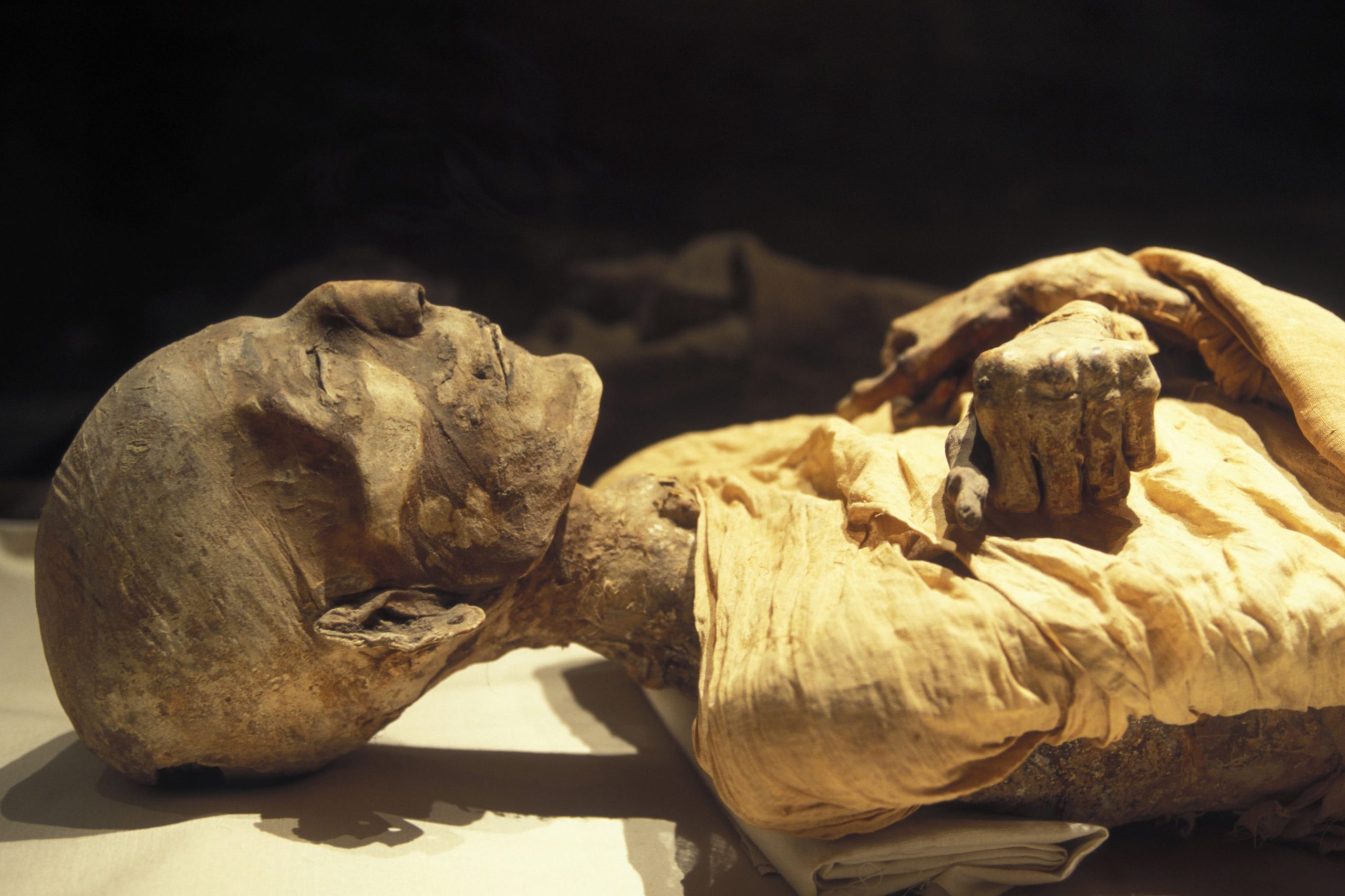Archaeologists have discovered a 5,400-year-old ancient tomb in the mountains of southern Spain.
The peculiarity of this tomb is that the entrance was built so that the rays of the sun that emerge at the end of the summer solstice can directly enter the cave.
The solstice is the time when the sun receives light. In other words, the shortest and longest times of the day are called The longest day in summer is called the summer solstice, and the shortest day in winter is called the winter solstice.
The summer solstice usually falls on the 20th or 21st of June every year in the Northern Hemisphere. This is the longest day of the year in the Northern Hemisphere.
The ancient tomb discovered now was discovered in the southern region of Antequera, Spain. This area is famous for the discovery of many ancient man-made stone pillars.
Scholars have not been able to figure out why the ancients built these stone pillars. Scholars believe that the newly discovered tomb may provide clues as to the purpose of these stone pillars.
The tomb was built around 3,400 BC. The entrance of this tomb was built in a specific direction so that the rays of light produced during the summer solstice sunrise could directly enter the cave.
The incoming sunlight will shine directly on the carved stone wall of the cave.
Scholars believe that capturing the first light of the summer solstice in the cave is for a certain religious belief or a certain magic path.
The surface of the underlying rock that this cave is built on faces away from the light of the sunrise at the end of the summer solstice. Therefore, the people who built the cave deliberately turned the entrance to face the summer solstice sunrise.
The scholars presented their findings in the April 14 issue of the journal Antiquity.
The engineers who built the cave carefully calculated and arranged the stones in the place where they were arranged to capture the rays of the midsummer sun. These stones are carved with symbols, and there are signs that they have been painted in the past.
Fragments of human bones were excavated inside this tomb. According to researchers’ estimates, human remains have been buried in this tomb for about 1,000 years.
Not far from this cave, there is a prominent rock. According to legend, two lovers who were inseparable fell in love by jumping off this rock mountain.
The surface of the stone wall where the sun shines inside creates many small ripples. What this shows is that this stone was brought from a place on Penlam Beach.
During the summer solstice, the sun will fall directly on this rock. The space in front of this stone is clear without human bones.
When the sun shines like this, the light that comes back will fall in wavy shapes inside the cave. It is believed to be intended for a certain religious ceremony or magical event.
Stones similar to those near this cave have been found in northern Africa, from Morocco to Sweden. Scholars say that this fact shows that there is a common religious belief among the people of this region.
There are a few differences. But one thing they all have in common is that all these stones are related to sun worship.
This is not so strange. The reason is that the sun played the most important central role in the lives of ancient people.



